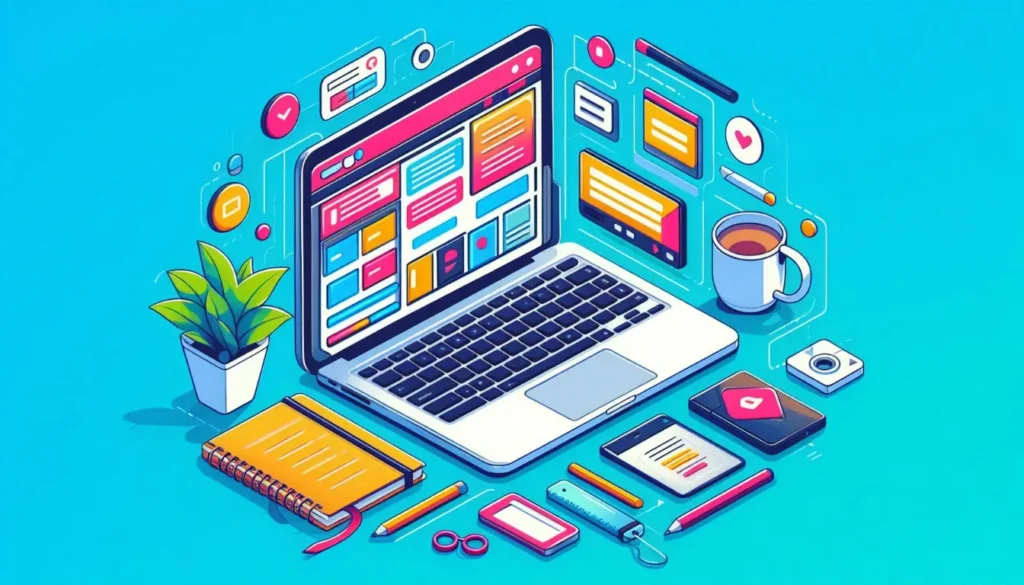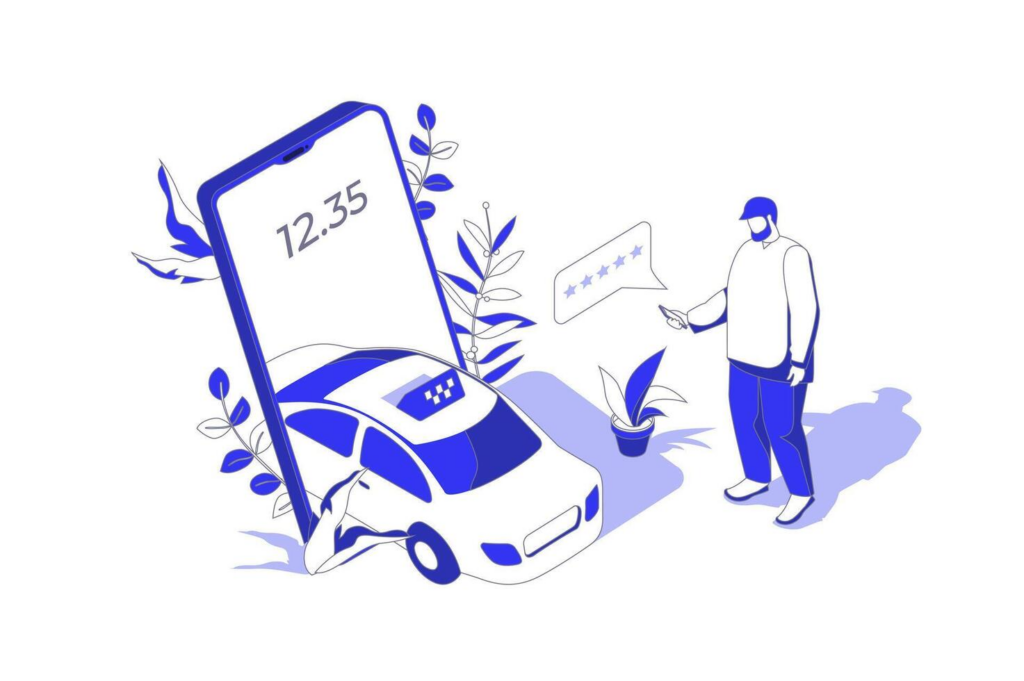In the dynamic realm of digital technology, we, at Segwitz, have seen firsthand how eLearning apps are revolutionizing the way we learn and grow. These powerful tools are not just changing the face of education, but also shaping the future of knowledge sharing and continuous learning.
But let’s be honest, creating a successful eLearning app is no walk in the park. It’s a journey filled with twists and turns, requiring careful planning, a deep understanding of your users, and a dash of creativity. Think of it as solving a complex puzzle, where each piece is a crucial factor that can propel your app to success or send it into oblivion.
That’s why we’ve put together this comprehensive guide. We want to take you behind the scenes of our own eLearning app development process, sharing the key factors we consider every step of the way.
So, whether you’re an experienced developer, a budding entrepreneur, or just a curious reader, we invite you to join us on this exciting read. Let’s explore together the intricate world of eLearning app development and discover the secrets to creating an app that truly stands out.
Step 1: Understanding Your Target Audience
Knowing your users is the cornerstone of developing a successful eLearning app. At Segwitz, we believe that understanding our target audience is not just a step in the process, but the foundation upon which we build our entire app.
The eLearning market is vast and diverse. According to a report by Research and Markets, the global eLearning market is projected to reach $336.98 billion by 2026, growing at a CAGR of 9.1% from 2018 to 2026. This growth is fueled by learners of all age groups, from school students to professionals seeking continuous learning opportunities.
The first factor to consider is the age group of your users. An app designed for school children will look and function differently from one intended for adults. For instance, younger users might appreciate gamified learning experiences, while adults might prefer self-paced, flexible learning modules.
Next, consider the tech-savviness of your users. While millennials and Gen Z might navigate your app intuitively, older users might require more guidance and a simpler interface.
Finally, consider the learning needs of your users. Are they looking for academic support, skill development, professional certification or a mix of it all? Understanding these needs will help you design an app that delivers real value to your users.
Remember, an eLearning app that resonates with its users is one that understands and caters to their unique needs and preferences.
Step 2: Choosing the Right Features
Once you’ve gained a solid understanding of your target audience, the next crucial step is to identify the right features for your eLearning app. The features you choose can significantly impact user engagement, retention, and overall learning outcomes.
With our extensive experience, we’ve found that the most successful eLearning apps are those that prioritize user engagement. According to a study by the Journal of Interactive Online Learning, students who interact with online learning materials are more likely to be successful in their courses. Therefore, incorporating features like interactive quizzes, gamified learning modules, and discussion forums can significantly enhance user engagement.
Personalization is another key factor to consider when developing an eLearning app. A study by Deloitte found that 36% of consumers expressed interest in purchasing personalized digital products or services. In the context of eLearning, this could mean offering personalized learning paths, adaptive learning algorithms, or custom content recommendations based on a user’s progress and preferences.
Lastly, progress tracking is a feature that should not be overlooked. Learners want to see how far they’ve come and what they’ve achieved. Features like progress bars, achievement badges, and detailed analytics can provide users with a clear picture of their learning journey.
Step 3: Selecting the Appropriate Technology Stack
The technology stack you choose for your eLearning app can significantly impact its functionality, scalability, and overall user experience. And in making this decision, scalability is one of the first factors to consider. As your user base grows, your app should be able to handle increased traffic without compromising performance. According to a report by Akamai, a 100-millisecond delay in website load time can hurt conversion rates by 7%. Therefore, choosing a technology stack that ensures fast load times and smooth performance is crucial.
Security is another critical factor to keep in check. With cyber threats on the rise, protecting your users’ data should be a top priority. As per IBM, the average cost of a data breach in 2020 was $3.86 million. That’s too much money on stake. So make sure your technology stack includes robust security measures to protect your app from potential threats.
Lastly, consider how easy it will be to update your app in the future. As user needs and market trends evolve, your app should be able to adapt. Choosing a technology stack that allows for easy updates and additions can save you time and resources in the long run.
Step 4: Designing for User Experience
At Segwitz, we’ve always believed that a well-crafted User Experience (UX) is the heart of a successful eLearning app. It’s not just about making the app look good, but about creating a seamless and enjoyable journey for our users.
Imagine opening an app that’s clean, clutter-free, and easy to navigate. That’s simplicity at its best. Don’t believe us? Google’s research also affirms that users are fans of such simple and familiar designs.
Now, consider an app that just ‘makes sense’, where every button leads you exactly where you’d expect. That’s intuitiveness, a quality that users value, as reported by the Nielsen Norman Group.
And finally, imagine an app that everyone can use, regardless of their abilities or disabilities. That’s accessibility, a non-negotiable aspect of good UX design. In a nutshell, when we design for user experience, we’re not just creating an app. We’re creating an experience that’s simple, intuitive, and accessible to all.
Step 5: Content Quality and Delivery
In the eLearning universe, content isn’t just king, it’s the entire kingdom. It’s the lifeblood of any eLearning app. The quality and delivery of content can significantly influence the effectiveness of the learning experience on an eLearning platform.
The first thing you must consider is the relevance of the content. Learners are more likely to engage with content that aligns with their interests and learning goals. In fact, a study by LinkedIn supports this, revealing that 74% of learners are more likely to engage with professionally relevant content.
The use of multimedia is another powerful tool in eLearning. Videos, infographics, and audio clips can cater to different learning styles, making the content more accessible and engaging.
Moreover, the frequency of content updates matters a lot when establishing an eLearning platform. In a rapidly evolving world, learners need the most current information. Thus, regularly updated content ensures that your eLearning app stays relevant and valuable.
Step 6: Monetization and Marketing Strategy
Creating an eLearning app that delivers value is only half the battle. The other half lies in effectively monetizing your app and reaching your target audience.
The pricing model is a key aspect of your business strategy. You could opt for a freemium model, where basic content is free but premium features are paid. Alternatively, you could also choose a subscription model, where users pay a regular fee for access. The right choice depends on your target audience and the value your app provides.
Marketing your app effectively is equally important. Identifying the right marketing channels – be it social media, email marketing, content marketing, or paid ads – can help you reach your target audience and communicate your app’s unique value proposition.
Strategies like app store optimization, referral programs, and offering a seamless onboarding experience can help attract and retain users. In short, a successful eLearning app requires not just a great product, but also a sound monetization and marketing strategy.
Conclusion
Developing a successful eLearning app is a journey that requires a blend of technical expertise, user understanding, and strategic planning. At Segwitz, we’ve walked this path countless times, and we understand the challenges and rewards it holds.
We’ve learned that understanding your target audience is the foundation upon which everything else is built. It informs the features you develop, the technology stack you choose, and the content you deliver. It shapes the user experience you design and the monetization and marketing strategies you implement.
But more than anything, we’ve learned that creating a successful eLearning app is about delivering value. It’s about creating an app that not only educates but also engages, inspires, and empowers. It’s about building an app that learners love to use and recommend to others.
As you embark on your eLearning app development journey, we hope this guide serves as a helpful roadmap. Remember, every journey begins with a single step. So take that step today, and who knows, your app could be the next big thing in the eLearning industry.



